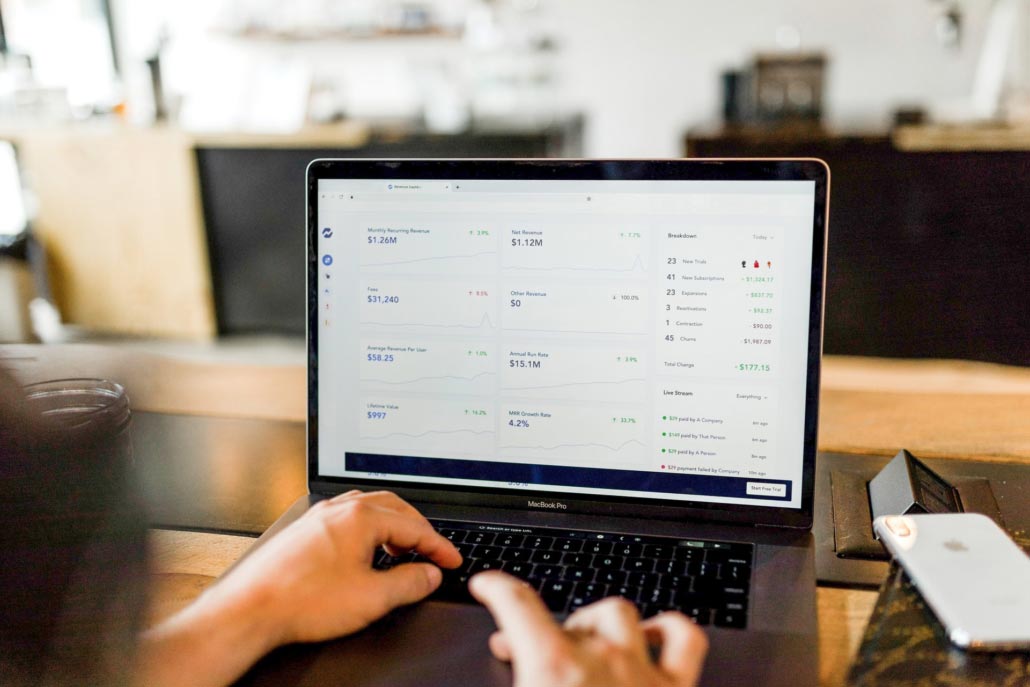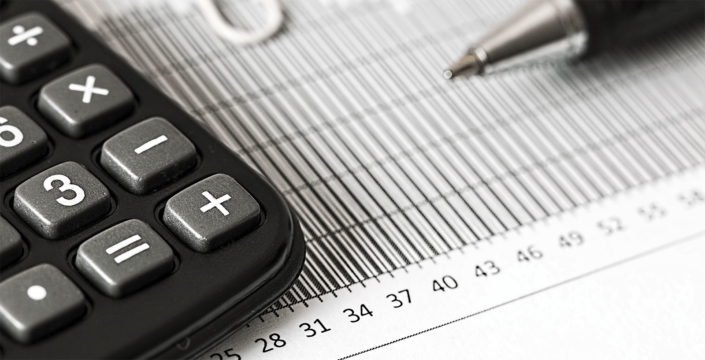Blog | All Posts | All Topics
Understanding a Balance Sheet

Think you have a grasp on the health of your business? If your balance sheet is a mess, you might be lying to yourself. A balance sheet represents your company’s assets, liabilities, and stakeholder equity (the money that’s been invested) at a given point. In other words, it tells you a lot more than the pile of Post-Its and invoices you keep on the corner of your desk.
Balance sheets are often prepared quarterly, but you can generate one any time you need to see how your company is performing. Of course, understanding a balance sheet is as important as creating one. If the columns look like Greek, you can’t make educated investments or have smart spending habits. A company like Visory can help you prepare and understand an accurate balance sheet on a regular basis to track the growth and financial challenges of your organization. What is a balance sheet?
Most balance sheets use the same standard equation. This formula balances what the company owns (its assets) against what it owes (its liabilities) plus what stakeholders have invested.
Assets = Liabilities + Shareholders’ Equity
However, as Harvard points out, there are a few other (less common) formulas that can help you take the pulse on your business’ health as well. These equations are aimed at figuring out what the stakeholder’s investments are worth and what the current liabilities are, assuming no overhead.
Owners’ Equity = Assets – Liabilities
Liabilities = Assets – Owners’ Equity
A balance sheet will have a column for assets and a column for liabilities and investments that should — you guessed it — balance each other out. If you take out a loan for $10,000, your assets will increase by that amount because you now have $10,000 available to spend. However, your debts will also increase by $10,000 because you have to pay it back. Thus, the two columns are balanced. However, understanding a balance sheet also requires a more detailed understanding of what constitutes an asset and what is considered a liability. More on that right ahead.

Untitled by Photo by Austin Distel on Unsplash
How a balance sheet is structured
One of the things a balance sheet determines is your company’s debt ratio. Lenders and potential investors may specifically seek out this data to determine if your company is in the black or the red. They are sure to comb over your financial documents, which makes understanding your company’s balance sheet and profit and loss statement crucial. .
Now, what is the proper way to structure a balance sheet? Understanding a balance sheet also means knowing how to organize it. If you leave off an essential line item, the entire document could become inaccurate.
First, let’s discuss the assets. These include current assets and non-current (also called long-term) assets. These items will typically be written as individual line items on the left side of your balance sheet.
- Current assets
- Cash and cash equivalents (including short-term CDs)
- Accounts receivable
- Inventory
- Prepaid expenses
- Non-current assets
- Property and equipment
- Intangible assets (patents, licenses, proprietary technology)
- Long-term securities investments
On the right side of your balance sheet, you will write down your liabilities and equity stakes. These line items include anything your company owes to lenders,
- Current liabilities
- Accounts payable
- Wages payable
- Current bank debt
- Long-term debt
- Deferred revenue
- Shareholder equity
- Share capital
- Retained earnings
- Common stock
- Preferred stock
Why are balance sheets important?
If you need a course on understanding balance sheets for beginners, you’re not alone. Even medium to enterprise companies who have grown swiftly may still need aid ironing out the best way to balance the books. Trust us, it’s worth the effort. A balance sheet makes a difference in day-to-day business (can you afford to process payroll on time?) and in your long-term growth (will you be approved for a new business loan?).
Learn More: Outsource Your Payroll Processing with Visory
A real professional that understands the specifics of book balancing and the ins and outs of accounting can make a huge difference in your business’s financial health. Accurate reports not only allow you to see red flags as they arise but prepare you to be ready to go when an investor shows interest. Someone who is already experienced in understanding balance sheets and income statement documents is a major game-changer.
Need some help understanding a balance sheet? Get started with Visory today. Signing up is straightforward and gives you access to the experts you need to keep you out of the red.






